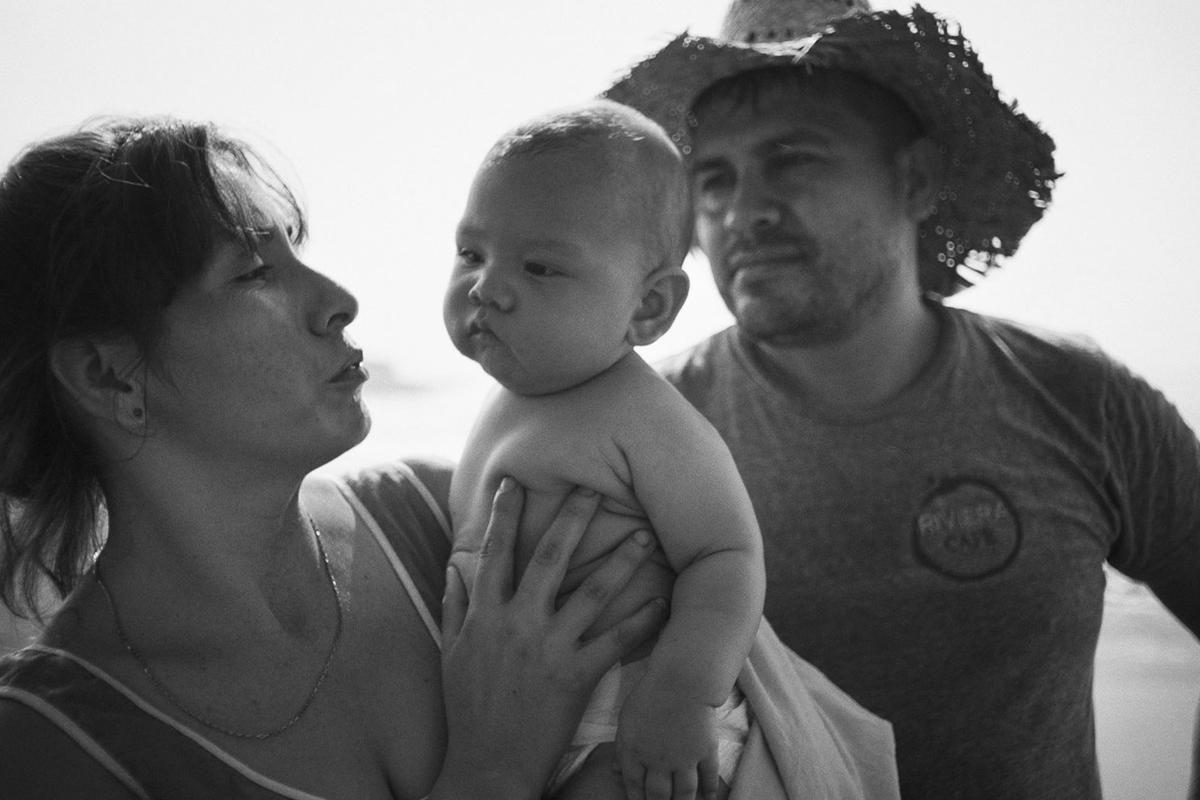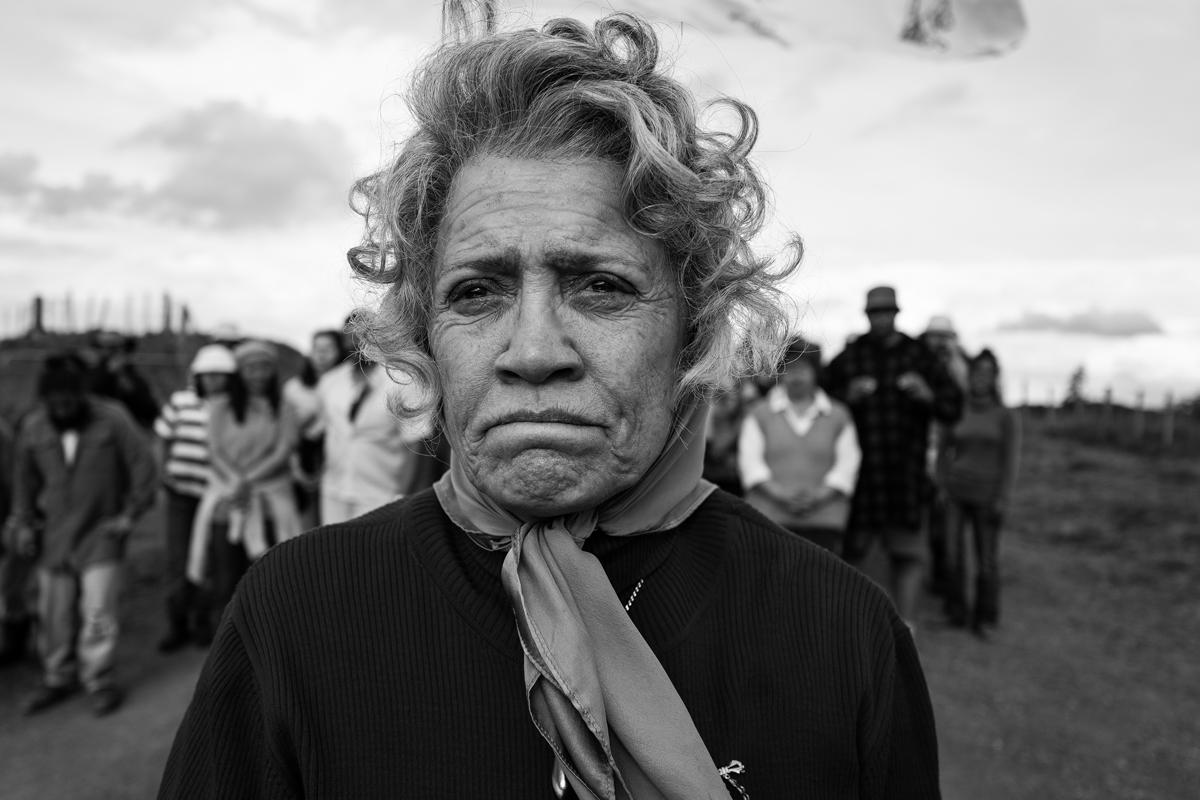
Sansón and Me
Sansón and Me
83 minutes
Directed and produced by Rodrigo Reyes
Spanish with English subtitles
Adelaide Film Festival
Buy Tickets
How do you make a documentary about someone when you can’t have them on camera? Filmmaker Rodrigo Reyes couldn’t shake the experience of meeting Sansón Andrade in Reyes’s first case as a court interpreter in California. They are both Mexican immigrants, but Sansón’s life has taken a path that’s led him to being implicated in a murder. Reyes wanted to tell Sansón’s story but prison authorities would not allow Sansón to be filmed, so Reyes find another way to tell the story, constructing the movie from letters, reeneactments, and visits to Sansón’s hometown of Tecomán. This strategy might be there as a solution to the problem of access, but it’s no compromise.
Reyes depicts Sansón at different ages, with Gerardo Reyes (no relation) playing the adult Sansón, and Sansón’s own cousin Toñito playing him as a child. He uses Sansón’s sister Deborah and her family, still living in Mexico, as stand-ins, with Deborah playing his mother. Reyes and Gerardo act out scenes from Reyes and Sansón’s conversations and letters. This isn’t even the full extent of the styles and approaches that Reyes uses, but the mix never feels jarring, and the sum of them creates a poetic film that drifts into different scenes and periods. In one, the reflection of a movie screen plays on the faces of Reyes and Gerardo, and in another a baby Sansón is carried on a beach by his parents, soft light and waves and love all around them in that moment. The cinema was the perfect place to see this documentary and to experience the dream of a life being actively remembered.
There’s a scene where the young Sansón looks at his grandmother’s house. It cuts to what he’s looking at — and it becomes apparent that it’s the house of his actual grandmother in the present day. In other moments Reyes talks to his actors about their role-playing and reflections of the real biography they’re constructing, and this offers another dimension to how a life is understood. A biography is not merely a recitation of events and actions, it’s the confluence of relationships and connections and tensions with the people around it, and Sansón and Me carries and conveys those layers so well in its combination of style and subject. We never hear Sansón speak, we don’t see any footage of him, but his voice permeates the film.
The crime that Sansón is in prison for isn’t forgotten. Another voice narrates the effect that it’s had on the victims’ family, and glimpses of crime-scene photographs hint at the violence of it. Some documentaries try to establish the innocence of their protagonists and advocate for their release. There’s no hope of that here, and Reyes makes that clear to Sansón. All he aims to do is tell Sansón’s story, and to prevent the injustice of that story disappearing. The heavy restrictions on hearing from Sansón directly make that an ambitious aim, and this film that has emerged under these conditions, is rich and compelling.






Leave a Reply